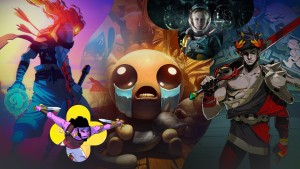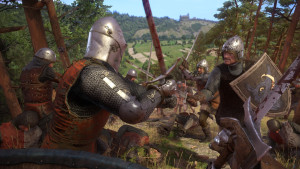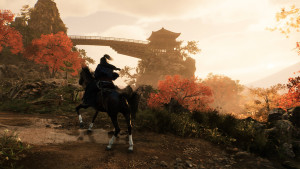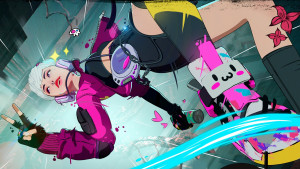Please support Game Informer. Print magazine subscriptions are less than $2 per issue
The Other Side Of The Story: Swapping Playable Characters
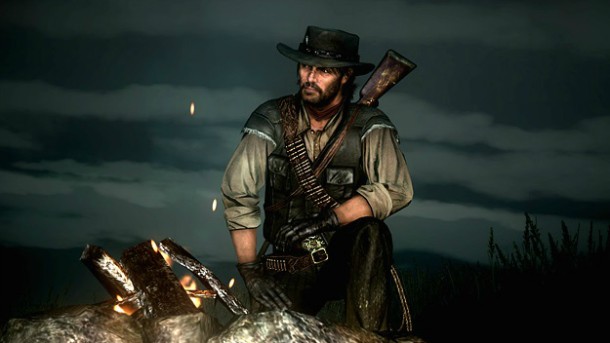
The idea of perspective is complex when it comes to video games. More often than not, the player sees the story through the eyes of one main character. Although the upcoming Grand Theft Auto V will have one of the highest profile instances of character switching, this concept has been around in video games for a while, and is being used more frequently than ever.
Throwing in another playable character, or even the same character as a child, can offer more depth to the plot because it highlights a different angle of the story. Here’s a look at some of the best uses of this storytelling method.
[SPOILER WARNING: This article has spoilers for Shadow of the Colossus, Chrono Cross, Heavy Rain, Red Dead Redemption, and Mass Effect 2. While other titles’ stories are mentioned throughout, the reveals are early in the game or are not likely to negatively alter the experience playing the game or appreciating the story.]
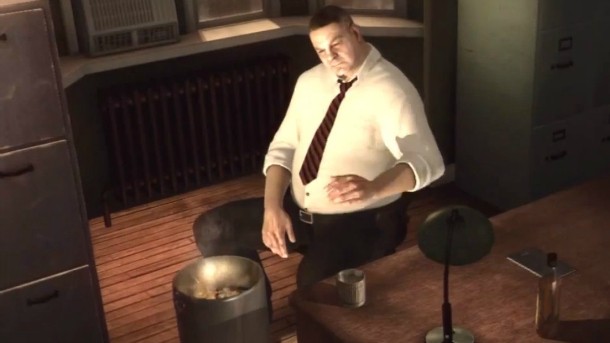
Children and Other Powerless Characters
Switching up the player’s experience doesn’t have to mean a different character entirely is used. A fresh look can mean adding in a child’s viewpoint as well. This can even enhance the experience when characters are constantly switching.
Heavy Rain has the player constantly switching between characters trying to find the Origami Killer, but there is one switch in particular that is used heartbreakingly to tell the story.
The perspective switches to a young boy trying to save his brother, John, who has become trapped in a pipe rapidly filling with water as heavy rain begins to fall. The player must navigate the boy to his father for help.
The father is too drunk to save his son. Out of options, the boy returns to his trapped brother and explains to John that their father won’t be coming. The water overtakes John and he drowns.
The young boy that the player controls is Scott Shelby. The trauma of witnessing his brother’s death later leads to him becoming the Origami Killer.
If the information had been simply relayed to the player through a cutscene, the effect would not have been as strong as it is experiencing the trauma while playing as young Scott. Scott is already a hard-to-understand character because of his unforgivable actions. But his homicidal drive to find a father willing to sacrifice everything for his son would be a far larger stretch of the imagination to accept without seeing what leads up to it.
A younger version of a character can be used to show backstory rather than tell it. One of the more rewarding aspects of Uncharted 3 is seeing the origin of Nate and Sully. The pair has been together since the start of the series— though Sully has always seemed more like a buddy than a father figure. The switch in the third installment to the story, however, adds more dimension to the relationship through flashbacks.
By playing Nathan Drake as a teenager, the player is able to see him in a more vulnerable state. Not only is he not able to take on assailants, he is shown as a lonely orphan rather than a hardened treasure hunter.
Controlling Joker in Mass Effect 2 for a brief period is another instance of conveying vulnerability through a perspective shift. Although he is not a child, Joker is unable to physically take on enemies because of a rare bone condition. The only reason he is able to get through the Normandy to EDI’s core is because Collectors are too distracted by capturing and killing other crew members to take notice of him. Although his actions in giving EDI control of the ship lead the Normandy to safety, it’s not a pleasant victory.
Part of the joy in gaming is the fake power trip possible through fiction and an unlimited amount of do-overs. But there are some titles that want to the player to feel powerless. Feeling knocked down helps to empathize with the character and the situation. Feeling the suspense of playing a character who cannot fight back adds uncertainty to the player’s experience.
For other examples of this trend of playing as a younger or powerless character be sure to check out The Last of Us and The Walking Dead. The upcoming title Among the Sleep is also based entirely around this premise.

Death
In Red Dead Redemption, John Marston tries to turn around years of mistakes as an outlaw by tracking down former comrades for the government. When those he worked for turn against him, he gives up his own life for the sake of his family by walking into a rain of bullets. Becoming an honest man is impossible for John after his bloody past. He never had a chance to return to a peaceful life as a family man, and only found redemption for his past in his death.
After John Marston’s death, there is a playable epilogue portion in which the player gains control of his son, Jack. Jack wants to avenge his father’s death for his own redemption. While Jack is an odd switch after spending hours playing as his father, it is vital to getting retribution for John.
While it has a far stronger presence in Red Dead Redemption, death as a means to a new character is used most consistently in the Karateka remake. The player must save the captured Mariko. But every time the player dies, a new character takes over. Rather than the classic, figurative idea of having a certain amount of “lives,” each character is a literal “life” that the player must treat as precious if they want the perfect ending. For example, if the player can make it through without dying, then Mariko will be saved by her true love. But if the true love is defeated while playing, someone else will take his place. That hero may not be who Mariko is hoping for.
Unlike in other switched perspectives where characters can die (for example, the aforementioned Heavy Rain) it is possible to play through the short title without switching to another character even once. The deaths have even more impact to the outcome as a result. The title is so short that the player is not likely to have a different perspective while switching from suitor to suitor. However, the men’s differing reasons for why they are seeking to save Mariko add more dimension to their deaths.
Death of a playable character doesn’t have to mean the story ends. With every closed chapter a new one opens, offering a new take on the world for the player.
Next Page: Transformation and other avenues to new playable characters...
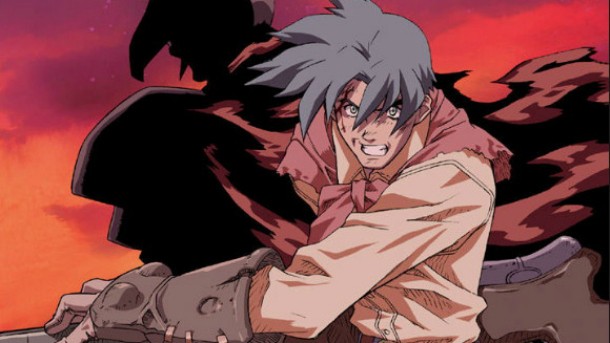
Transformation
Wild Arms 2 has constant character switching in order to use different tools that belong to various members of your party. But the switch in characters does not necessarily offer a different perspective for the player. However, early in Wild Arms 2, the main protagonist, Ashley, undergoes a transformation that offers a different way of looking at his surroundings. The transformation occurs as Ashley is promoted in rank at an initiation ceremony. To say the ceremony takes a bad turn is a gross understatement, as it isn’t long before his colleagues are turned into demons around him.
As Ashley turns into a demon too, he realizes he will be unable to stop himself from killing those who were once human around him. The player must navigate through the rest of the level as Ashley in his altered demon form and kill the other monsters that surround him to progress.
Although the transformation is short, it creates a notable moment in the game because it’s one of the few instances in which the player is forced into doing something that is unquestionably wrong to proceed.
Perhaps the most similar transformation to this is in Chrono Cross. The main protagonist, Serge, swaps bodies with a major antagonist, Lynx.
Rather than showing the expected scenario of the player’s three-person party against Lynx, the player is shown the opposite perspective as “Lynx” fights against “Serge” and his allies. While Serge is stuck in Lynx’s body, he is still himself. This is similar to the Wild Arms 2 situation because of the different outer appearance of the central player. However, the change is that rather than be forced to kill innocents as Ashley is, Serge is attacked by his allies because he is in Lynx’s body. At the same time, he is powerless to stop the imposter in his original body from causing harm to his friends.
Another example of transformation can be seen in Shadow of the Colossus. As Wander defeats the Colossi to revive Mono, his body slowly deteriorates. He is eventually completely taken over by Dormin. While the player cannot play as Dormin, seeing Wander’s body become possessed is still an intriguing perspective to play.
While it is not as obvious as the transformations found in other titles, the subtle turn into a sinister being forces the player to draw independent conclusions on how this can impact play.
Transformation still offers a differing perspective because the character’s experience changes when his or her physical appearance is altered. Taking on the appearance of an enemy or otherworldly creature forces the character to take a different look at the world. Seeing the results of the character’s new perspective, however, can add more dimension to the player’s experience.
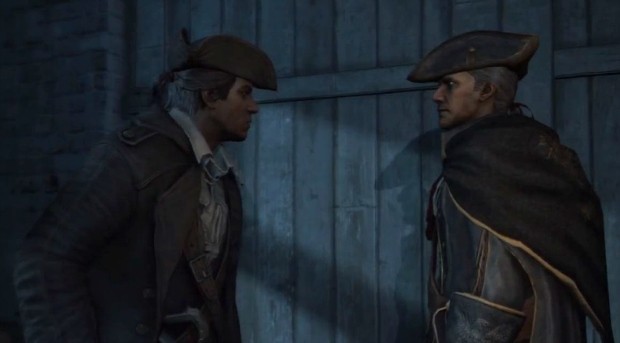
Antagonist View
Sometimes the use of another playable character isn’t only to make the player feel something. Instead, it can explain what the antagonist is going through.
In Assassin’s Creed III, Haytham is a distant but somewhat likable character. It isn’t until further in his story that he is revealed to be one of the Templars, the enemy of his future son, Connor. Rather than have the eternal label of good versus evil, the Templars’ and Assassins’ struggles are shown to have more complex issues beneath the surface.
Fighting against a force that is undeniably “bad” leaves no room for complexity. Moral issues are rarely either black or white, or right versus wrong. By starting out as a Templar, the player is forced to consider if they are conclusively villains or people who strayed on the path of doing what they think is the right choice and become lost in the shades of gray.
This is also attempted in Halo 2, when the campaign alternates perspective between the Arbiter and Master Chief. Here, the covenant is shown to be more than mindless drones, as the Arbiter helps the humans take on the prophets.
After playing as the enemy, his or her death has far greater impact. If the characters are clearly good or evil, it’s easy to kill the antagonist. But if the enemy is someone the player has controlled, it drives home the fact that this is a sentient being with beliefs and emotions. The kill will never be as weightless once you’ve stepped inside the character’s shoes.
Showing multiple outlooks in video games is essential to creating a compelling story and multi-faceted characters. Developers are long past the days of one playable character and background filler NPCs.
The capacity to offer players more than just one view of a story is a defining element of video game storytelling. Connecting players to a variety of backgrounds and motivations is an immersive technique— and hopefully one that developers continue to pursue.
Do you have any favorite moments in gaming where you played as a different character from the central protagonist? Share your experiences in the comments.


